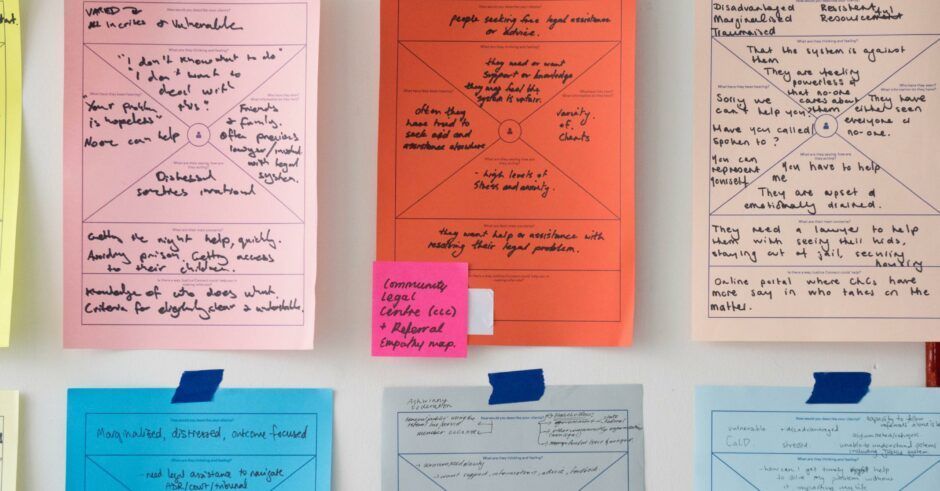I tend to say I’m a Designer by trade, but a Change Manager by heart. But I also add that it’s all the same, and here’s why.
Of course, it does matter what you design. Whether you’re in Product design, UX-design, Business Design or Organization Design, requires different skills and experiences. However, I do believe that they all require a similar mindset.
If you design a new product, you are solving someone’s problem, or fulfilling a need. That’s why all design or innovation processes, should start with customer empathy. What are the main drivers an motivators of your customer? What kind of behaviour do they show? When do they show negative emotions, when positive?
Starting with customer empathy makes that you do not only get to know what behaviour people show, but also why. If you’ve identified a problem or need (eg. ‘Immigrants in the US struggle with applying for Healthcare), you can then go and solve it.
Solving it requires an experimental approach. First, you narrow your focus. What do these immigrants find annoying? Is it the wait? Is it that they don’t know where to start? Is it the amount of paperwork they have to do? With small experiments, you can learn what the main problem is, and how you can solve that. Solving it, you start small. Maybe you can change the process in one office, and then measure your success. If you’ve optimized your solution, it’s ready to scale.
A similar approach can be used for Organizational Design. Instead of doing big consulting projects with endless analyses, writing reports, and keynote presentations, you can just start doing, talk to your customer, test small assumptions, and learn along the way. So if you now go back reading the start of my story, explaining a human-centred design process, and you replace ‘customer’ with ‘employee’, you see it makes as much sense (or not at all, in that case, I’m a bad writer or did a bad job at explaining ;-)).
In ING we did this all the time. We would co-create with our own ‘customers’ — ING Employees. Before we changed something, we would ask ourselves ‘what assumption are we testing with this change’ and ‘how can we measure success’? We would measure the results and have a feedback loop, which (I have to be honest here) was sometimes already a challenge on itself.
For example, when we started with the first Accelerator Program, instead of launching this in all Business Units, we started in Germany with 3 teams. We learned so much, and it took us the whole summer to iterate on the Accelerator Program we designed. After that, we were able to scale up to Germany (round 2), Poland and Romania.
So I’d say, find your early adopters within the company, step into their shoes and really understand their needs. And then, go experiment! Experiment on a new structure, culture, performance metrics, management style, anything. And learn. Learn fast and fail cheap, before you implement anything on a larger scale.





